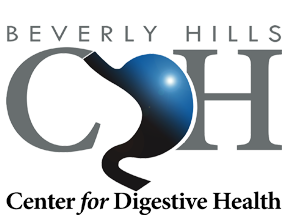EGD
BOOK APPOINTMENTWhat is an EGD?
EGD is also referred to as esophagogastroduodenoscopy or upper GI endoscopy. It allows the entire esophagus, stomach, and duodenum to be visually examined for abnormalities. It involves having a long, flexible tube with a camera at the tip inserted into your mouth to view the interior upper GI tract.
During EGD, if a polyp or abnormal tissue is found, it can be removed by the doctor immediately. A tissue sample may also be taken for further analysis to determine whether surgical removal is required.
Instructions
Before an EGD procedure, you must have an empty stomach. No food or drinks should be consumed at least eight hours before the procedure. Your previous medical records and history will be evaluated. If you have diabetes or blood thinners, you may have a different preparation plan.
A sedative medication will be administered intravenously to minimize any discomfort experienced during the procedure. You will lie on your left side while the endoscope is inserted into your mouth. A fiber-optic light is placed on the endoscope as well as a channel to pump air into the stomach. This inflates the stomach for improved viewing.
The camera at the tip of the endoscope is used to transmit images so your doctor can look inside your body. Instruments can be inserted through the channel to remove polyps, take tissue samples, inject solutions, or remove infected tissues.
Book an Appointment
The GI endoscopy exam will take less than 20 minutes. After it is over, you will need one hour to recover from the sedative. An escort is required to drive you home so you can rest for the remainder of the day. If you experience persistent pain following the procedure, please notify the doctor.
If an ulcer, polyp, or abnormal tissue was discovered during colonoscopy that couldn’t be removed, subsequent surgery may be recommended.
Our Blogs
Accurate Diagnostics for Anorectal Strength and Function
Back to BlogsAre you having problems producing healthy bowel movements? The problem may be the muscles around your digestive tract either not coordinating properly or lacking strength. To get your GI problems addressed as soon as possible, visit the Beverly Hills...
Pelvic Floor Dysfunction?
Back to BlogsPelvic floor dysfunction is the inability to relax and coordinate your pelvic floor muscles to allow for smooth defecation. Fortunately, there are treatments available, including biofeedback, medications, and physical therapy. Reclaim strength and comfort...
Cutting-Edge, Compassionate Care Can Help You Find Hemorrhoids Relief
Back to BlogsHemorrhoids can be debilitating and painful, but treatment is available. If you’re suffering from hemorrhoids, make an appointment at the Beverly Hills Center for Digestive Health. We offer cutting-edge, compassionate care to help you find hemorrhoids...
Call to Schedule
Our office is available to answer your questions and evaluate your symptoms.

Phone
(310) 855-0222
Fax: (949) 404-6467
Hours
Mon - Fri: 9am – 5pm
Sat - Sun: Closed